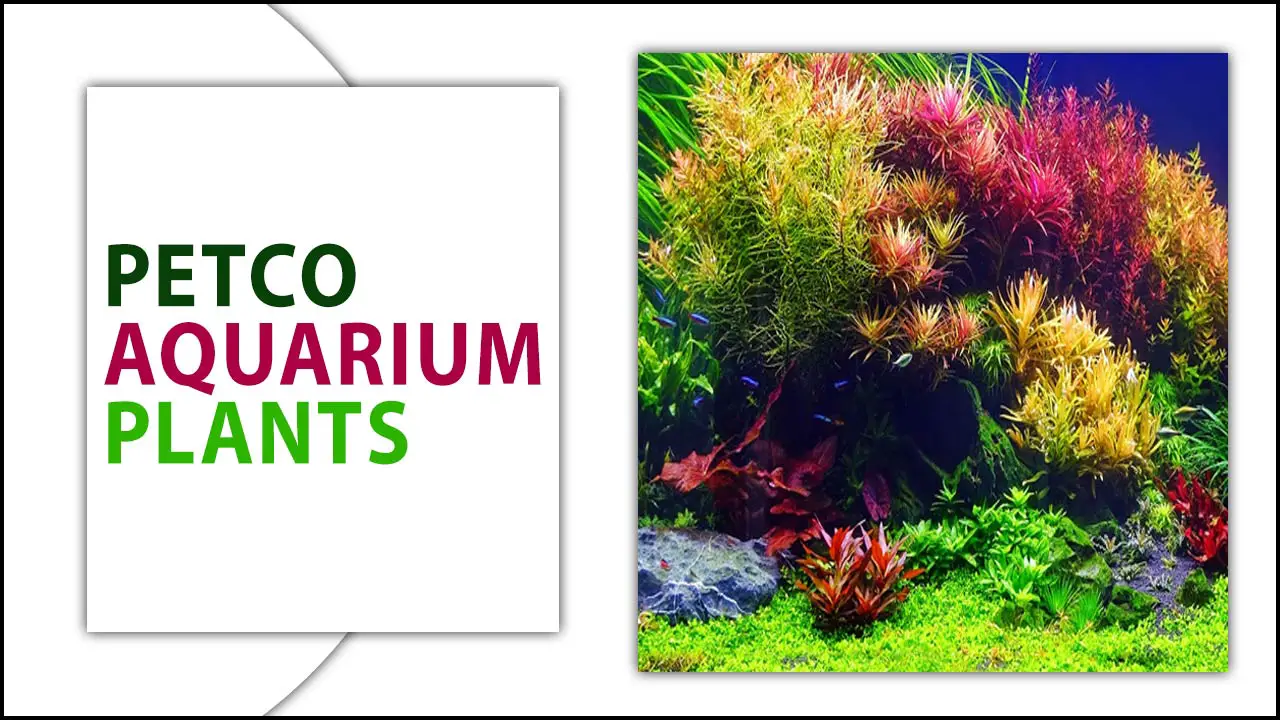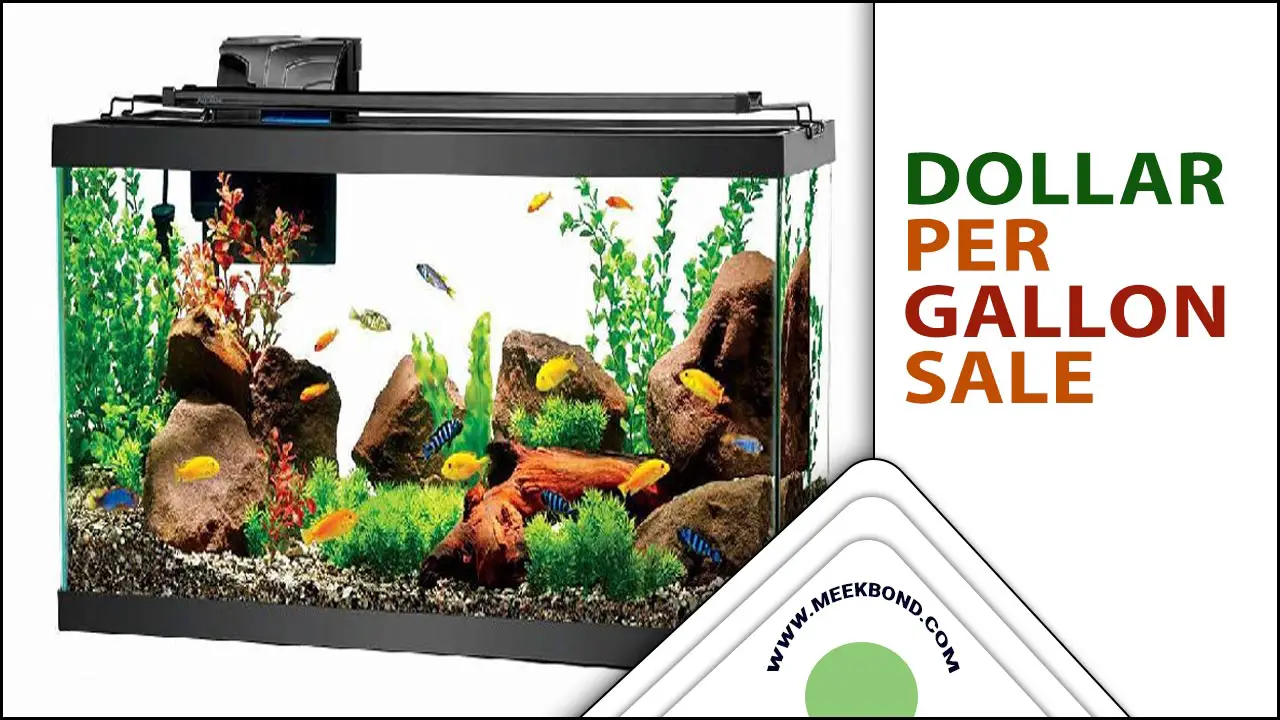Regarding freshwater aquariums, few species are as popular as the pleco. These hardy, algae-eating fish are known for their unique appearance and practical benefits, making them a staple in many aquarium hobbyists’ collections.
However, not all plecos are created equal. Some species are more colorful and visually striking than others, making them a popular choice for those looking to add flair to their tanks. Additionally, some plecos are smaller, perfect for those with limited space in their aquariums.
Here, we will highlight some of the most colorful and smallest plecos available for your tank. Each fish brings its unique personality to your aquarium, from the vibrant orange flash pleco to the tiny zebra pleco. We will also discuss the care requirements for each species, including diet, water parameters, and tank mates.
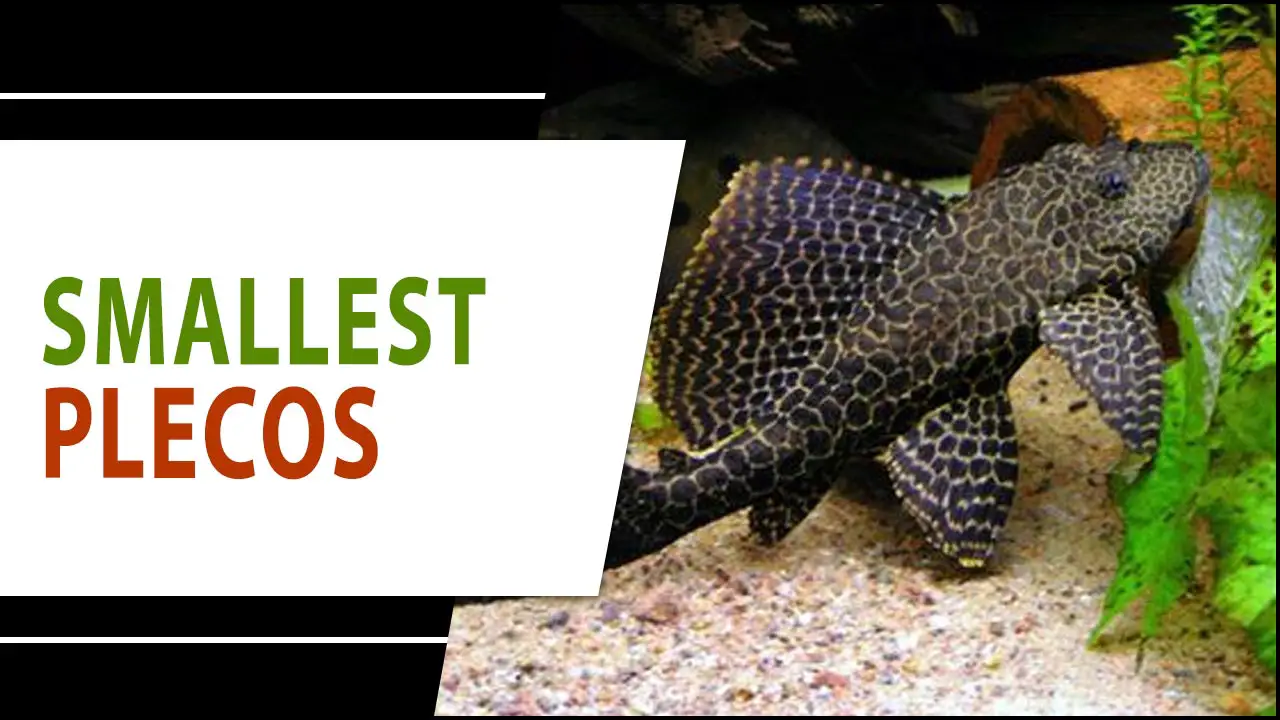
Top 10 Smallest Plecos For Small Tanks
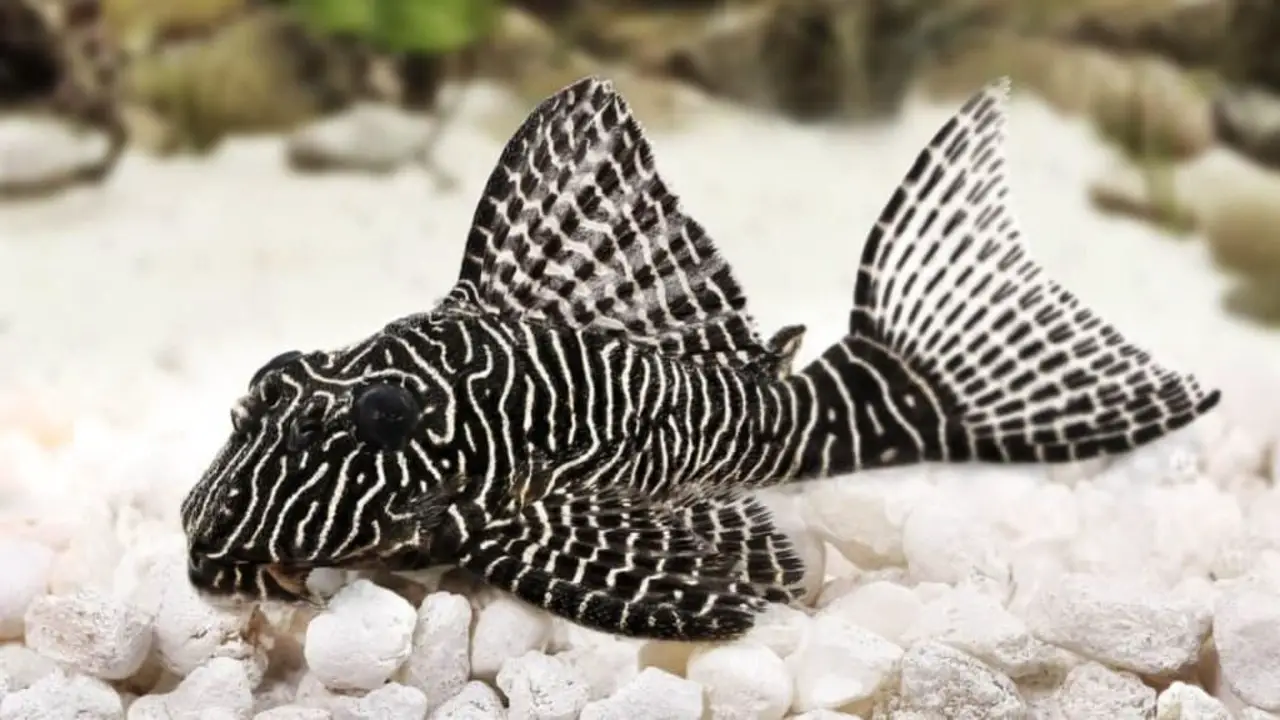
If you have a small tank and are looking for some colorful and unique fish to add to your collection, consider the smallest plecos. These tiny catfish can be a great addition to small tanks, as they have a compact size and gentle temperament. Here are the top 10 smallest plecos for small tanks.
These plecos not only add visual interest to your tank but also help to keep it clean by feeding on algae and debris. Just make sure to provide them with plenty of hiding spots and a balanced diet to ensure their health and happiness in your small tank.
1.Dwarf Bristlenose Pleco (Ancistrus Spp.)
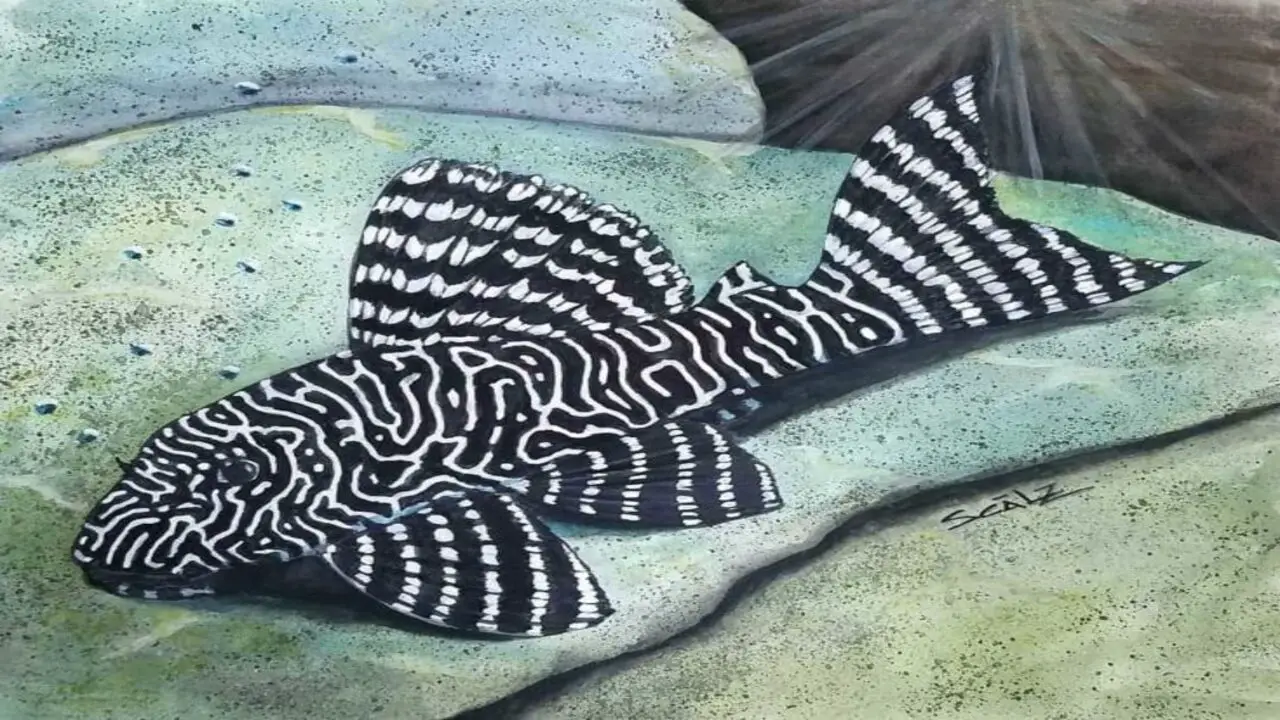
The Dwarf Bristlenose Pleco, also known as Ancistrus spp., is highly sought after for small tanks due to its small size and easy care. One of its distinctive features is the presence of bristle-like tentacles on its face, which adds to its unique appearance. This species is quite hardy and can tolerate various water parameters, making it suitable for aquarium setups.
Not only does the Dwarf Bristlenose Pleco make for an interesting addition to your tank, but it also serves a practical purpose as an efficient algae eater, helping to keep your aquarium clean. Additionally, this peaceful fish can coexist harmoniously with other small fish species.
2.Clown Pleco (Panaque Maccus)
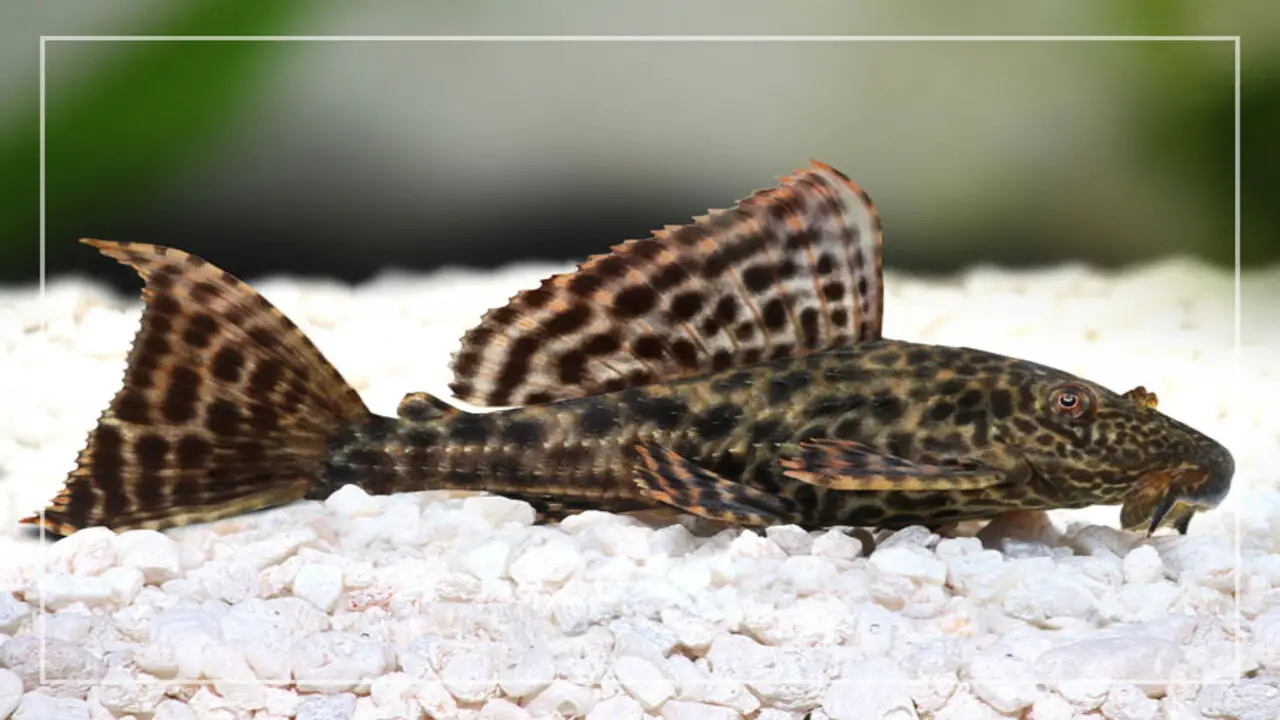
The Clown Pleco, also known as Panaque Marcus, is a popular choice for small tanks due to its small size and vibrant, colorful appearance. These plecos are easy to breed and maintain, making them an ideal choice for beginners in the fishkeeping hobby.
To create a suitable habitat for Clown Plecos, providing a well-planted tank with plenty of hiding spaces is important to ensure they feel safe and secure. Their diet primarily consists of algae and wood, so including driftwood in the aquarium is essential. Additionally, Clown Plecos are peaceful species that can coexist harmoniously with other non-aggressive fish in the same tank.
3.Rubber Lip Pleco (Chaetostoma Spp.)
Rubber Lip Plecos, also known as Chaetostoma spp., are an attractive and popular choice for smaller tanks. These plecos have a unique, rubbery texture on their lips, which helps them scrape algae off surfaces. They are peaceful fish that do well in community tanks with other small fish species.
To ensure their well-being, it is important to maintain a clean tank with balanced water conditions. Rubber Lip Plecos can grow up to 5 inches long and live for up to 10 years if properly cared for. Adding plenty of driftwood and providing a balanced diet of algae and other foods will contribute to their longevity.
4.Zebra Pleco (Hypancistrus Zebra)
Zebra Pleco, also known as Hypancistrus zebra, is a highly sought-after and rare species among aquarium enthusiasts. Its small size and distinctive black-and-white striped pattern has become a popular choice for small tanks. These plecos require specific water conditions, including warm and well-oxygenated water.
Being primarily nocturnal, they prefer having hiding spots in their tank. However, it’s important to note that due to their rarity, Zebra Plecos can be quite expensive and may require special care. Adding them to your collection can bring a unique and eye-catching addition to your aquarium.
5.Otocinclus Catfish (Otocinclus Spp.)
Otocinclus Catfish, also known as Otos, are popular for small tanks due to their peaceful nature and small size. These catfish are excellent algae cleaners, keeping your aquarium clean and free from unwanted algae growth. They thrive in groups, so keeping at least three Otos in your tank is ideal.
When choosing tankmates, opt for smaller, non-aggressive fish species that won’t cause any harm to the Otos. To create a suitable environment, provide plenty of hiding spaces and vegetation, as these catfish feel more secure with ample cover. With their cleaning abilities and peaceful demeanor, Otocinclus Catfish are a fantastic addition to any small tank setup.
6.Twig Catfish (Farlowella Spp.)
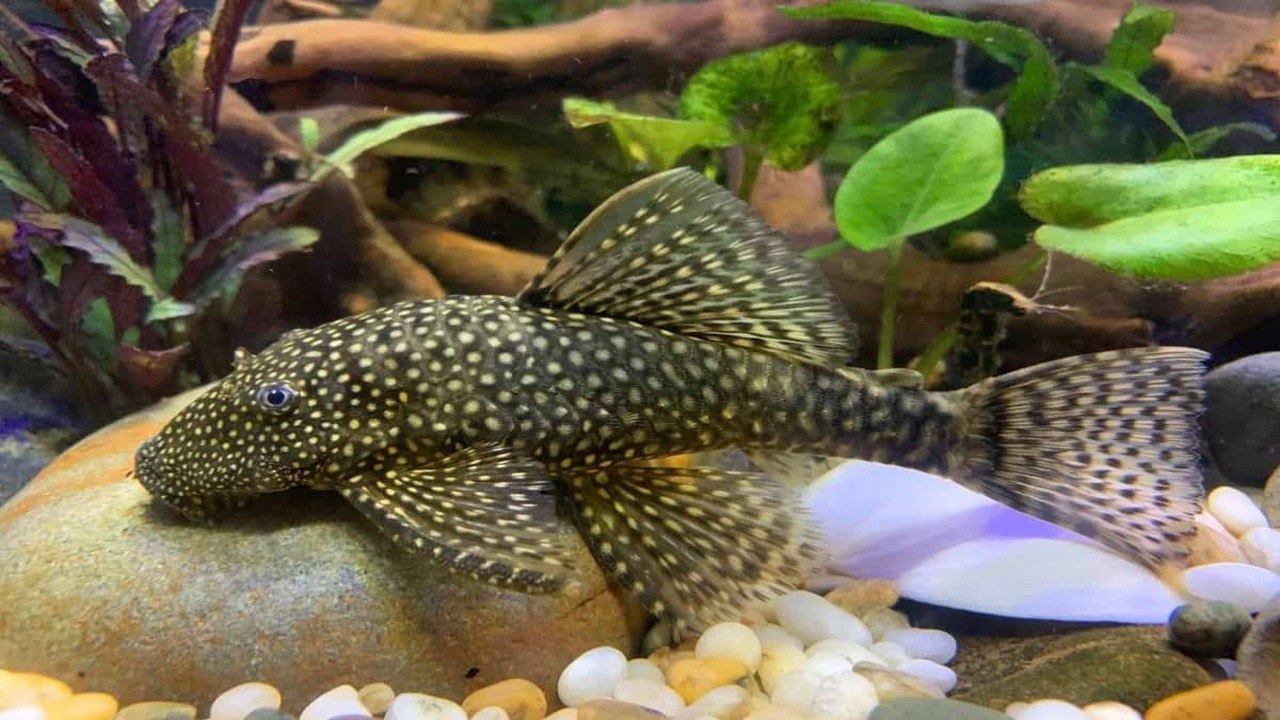
Twig Catfish, or Farlowella spp., are unique in appearance with twig-like bodies. These small catfish can grow up to 5 inches long and are perfect for small tanks. They are peaceful fish that thrive in well-maintained aquariums with plenty of hiding spots. A varied diet is essential for their health and growth.
Twig catfish are active during the day and provide entertainment as they move around the tank. With their low-maintenance needs, these catfish make a fantastic addition to any small tank setup. Their small size and peaceful nature make them an excellent choice for fishkeepers looking to add character to their aquariums.
7.Whiptail Catfish (Rineloricaria Spp.)
Whiptail Catfish, also known as Rineloricaria spp., are small, peaceful, and easy to care for. These catfish are admired for their unique and striking patterns and colors, which add a vibrant touch to any aquarium. Whiptail Catfish prefer soft, acidic water with plenty of hiding spots, such as driftwood or plants, where they can retreat and feel secure.
As bottom feeders, they have a diverse diet that includes algae, pellets, and live foods. Their compatibility with other peaceful fish species makes them ideal for small aquariums. With their beauty and ease of care, Whiptail Catfish brings a sense of tranquility to any aquatic environment.
8.Pygmy Corydoras (Corydoras Pygmaeus)
Pygmy Corydoras, also known as Corydoras pygmaeus, are small and colorful fish that can thrive in tanks as small as 10 gallons. They are peaceful and social, making them ideal for community tanks. These tiny fish do best in groups of 6 or more, so providing them with companionship is important.
Pygmy Corydoras are easy to care for and can be fed a diet of sinking pellets, flakes, and frozen foods. They are active during the day and will enjoy exploring their tank, adding life and activity to your aquarium. With their small size and vibrant colors, these fish are a great choice for beginners or anyone looking to add colorful charm to their small tank.
9.Butterfly Pleco (Dekeyseria Spp.)
Butterfly Pleco, or Dekeyseria spp., is a captivating addition to any aquarium. With its unique spotted pattern, this small and colorful pleco can bring beauty to your tank. Despite its striking appearance, Butterfly Plecos are easy to care for and can thrive in small tanks. As herbivores, they should be fed a balanced diet of algae and vegetables.
Their compact size makes them perfect for small aquariums or community tanks. Additionally, Butterfly Plecos have a peaceful temperament, allowing them to coexist harmoniously with other fish species. Consider adding this delightful pleco to your aquatic collection.
10.Pitbull Pleco (Parotocinclus Jumbo)
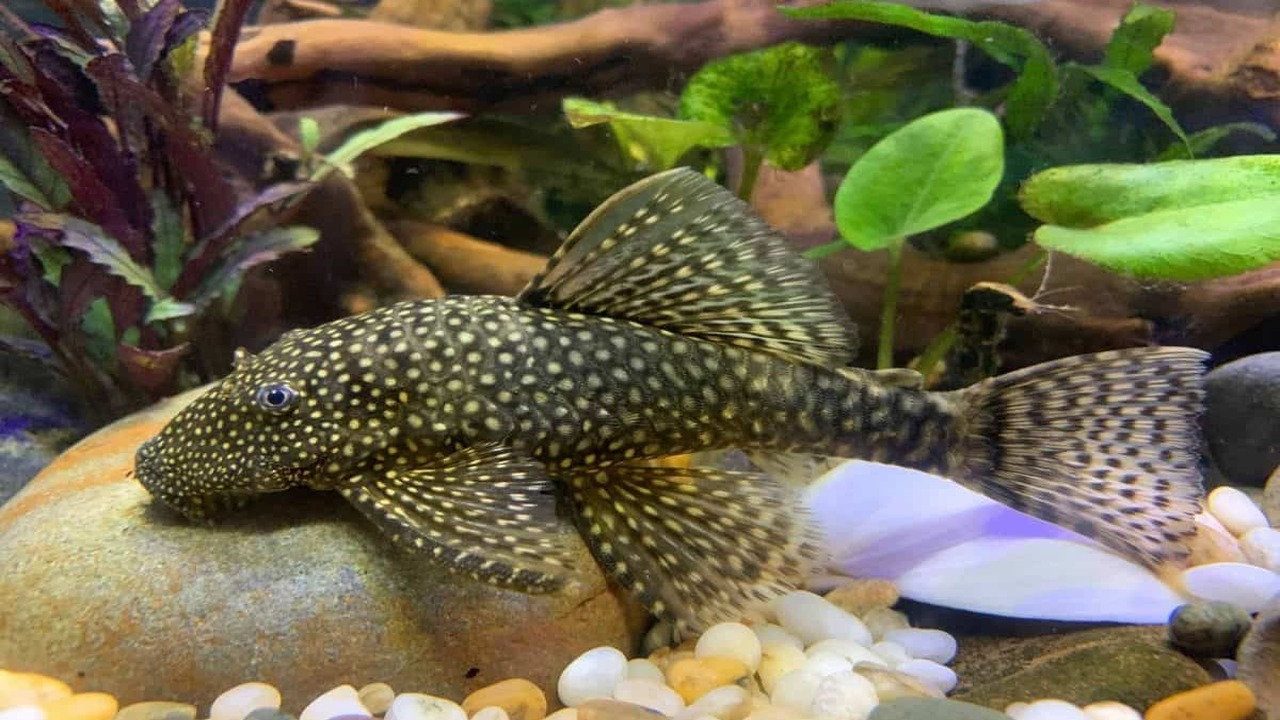
The Pitbull Pleco (Parotocinclus jumbo) is a small and peaceful fish that can thrive in small tanks. With its unique yellow and black striped body, this pleco species adds a touch of excitement to any aquarium. They are low-maintenance and easy to care for, making them a great choice for beginners.
As herbivores, Pitbull Plecos prefer a diet of algae, vegetables, and sinking pellets. To create a natural environment for them, consider adding driftwood and live plants to the tank. With their small size and peaceful nature, Pitbull Plecos can coexist with other fish, making them a delightful addition to your tank setup.
Tips For Successfully Keeping Small Plecos In Small Tanks
Keeping small plecos can be a rewarding and enjoyable experience for fish enthusiasts. Here are some tips to help you successfully care for and keep small plecos. Following these tips, you can create a suitable environment and properly care for your small plecos, ensuring their health and well-being.
- Tank size: While small plecos don’t require as much space as larger species, providing them with a suitable tank is important. A tank of at least 20 gallons is recommended to ensure they have enough room to swim and explore.
- Water parameters: Small plecos thrive in clean and well-maintained water conditions. Regularly monitor the tank’s temperature, pH, and ammonia levels to ensure they are within the appropriate range for your pleco species.
- Diet: Provide a varied diet for your small pleco consisting of high-quality sinking pellets or wafers specifically designed for bottom-dwelling fish. Supplement their diet with fresh vegetables such as zucchini or cucumber, which can be blanched before feeding.
- Hiding places: Small plecos appreciate having hiding places in the tank, such as caves or driftwood. These give them a sense of security and allow them to exhibit natural behaviors.
- Tankmates: When selecting tankmates for your small pleco, choose peaceful fish that won’t compete for food or harass them. Avoid housing them with aggressive or fin-nipping species that may stress or injure the pleco.
Factors To Consider When Choosing A Small Pleco For Your Tank
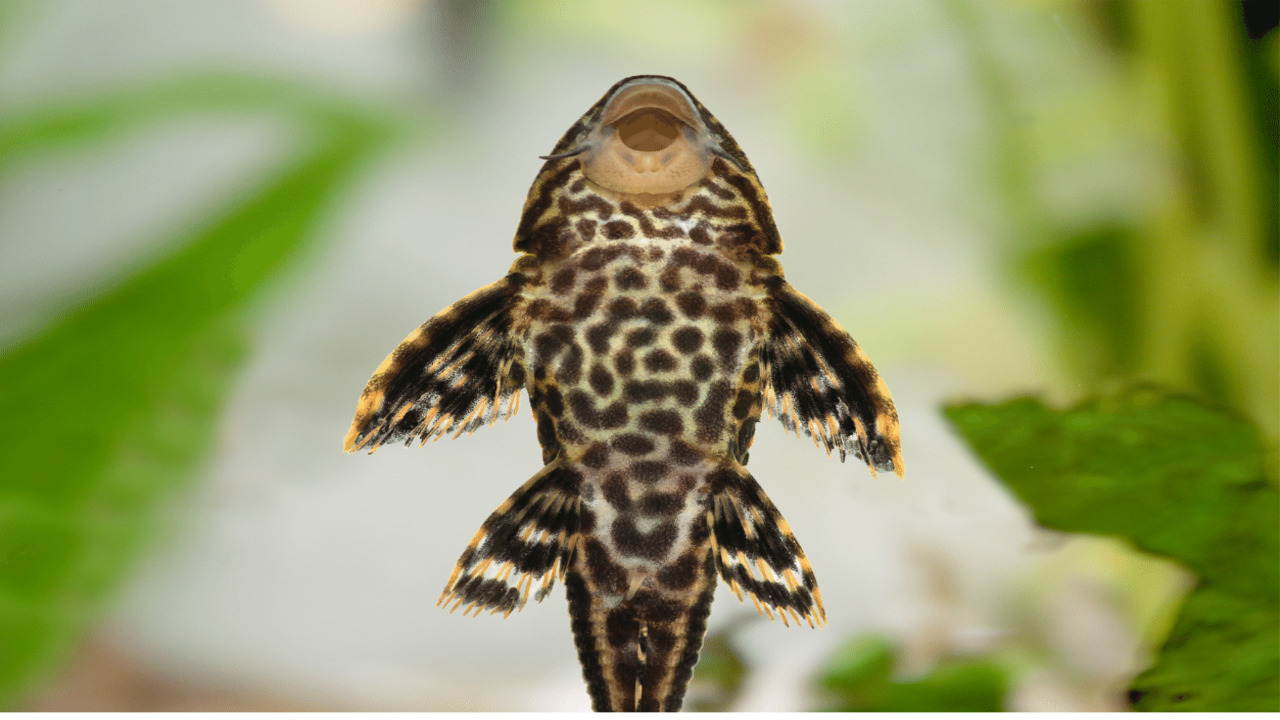
Several factors must be considered when choosing a small pleco for your tank. First and foremost is the size of your tank. You must determine the appropriate tank size to ensure the pleco can thrive. Next, consider the temperament of the pleco species you’re considering. Some plecos might be aggressive towards other fish or have specific water condition requirements.
Another important factor is the diet of the pleco. Make sure that the pleco’s diet is compatible with the food you have available in your tank. Additionally, consider the appearance of the pleco. The colors and patterns of the pleco can add some extra visual appeal to your tank. Lastly, check the level of care and maintenance required for the pleco. Ensure that you can provide the necessary environment for the pleco to thrive.
Conclusion
Consider adding one of these small plecos to add color and uniqueness to your tank. These tiny yet vibrant creatures can bring life and personality to your aquarium. Whether you opt for the Dwarf Bristlenose Pleco or the Zebra Pleco, each species offers its own charm and beauty.
However, it’s important to remember that maintaining a small pleco in a small tank requires proper care and attention. Ensure they have the right environment, diet, and tank mates. With the right knowledge and care, you can enjoy the beauty of these colorful and smallest plecos in your tank for years to come.
Frequently Asked Questions
Can A Pleco Live In A 5-Gallon Tank?
It is not recommended to keep a pleco in a 5-gallon tank. Plecos require larger tanks due to their large size and high waste production. A minimum tank size of 30 gallons is recommended for most pleco species to prevent stunted growth and health problems.
What Is The Smallest Breed Of Plecostomus?
The smallest breed of plecostomus is the clown pleco (Panaqolus Marcus), growing to around 3 inches long. Despite their small size, clown plecos are hardy and easy to care for, making them a popular choice for aquarium enthusiasts.
Do Plecos Grow To The Size Of The Tank?
Contrary to popular belief, Plecos do not grow to the size of the tank they are kept in. Keeping them in a small tank can actually stunt their growth. Researching specific species and providing them with adequate space to thrive and reach their full potential is important.
How Many Gallons Do Plecos Need?
Consider their size and species to determine the number of gallons needed for plecos. Generally, plecos require at least 20 gallons of water per fish. Larger species like common plecos may need up to 100 gallons per fish. Research specific requirements before adding them to your tank.
Are There Any Specific Types Of Fish Food For Small Plecos, Such As Krill, Algae Wafers, Or Micro Pellets?
Specific types of fish food designed for small plecos include algae wafers, spirulina flakes, and micro pellets. However, krill is not recommended as it can be high in fat and cause digestive issues. Remember to provide a varied diet for your plecos to ensure they receive all necessary nutrients.

Aquarium passion is all about connecting with the aquatic life and providing education to the public on the importance of these creatures. We showcase a wide variety of marine life through our exhibits as well as working with schools to provide unique learning opportunities for students of all ages.


![Is Rust In Aquariums A Problem? [Fish Health Concerns Explained]](https://meekbond.com/wp-content/uploads/2023/06/Is-Rust-In-Aquariums-A-Problem.jpg)
